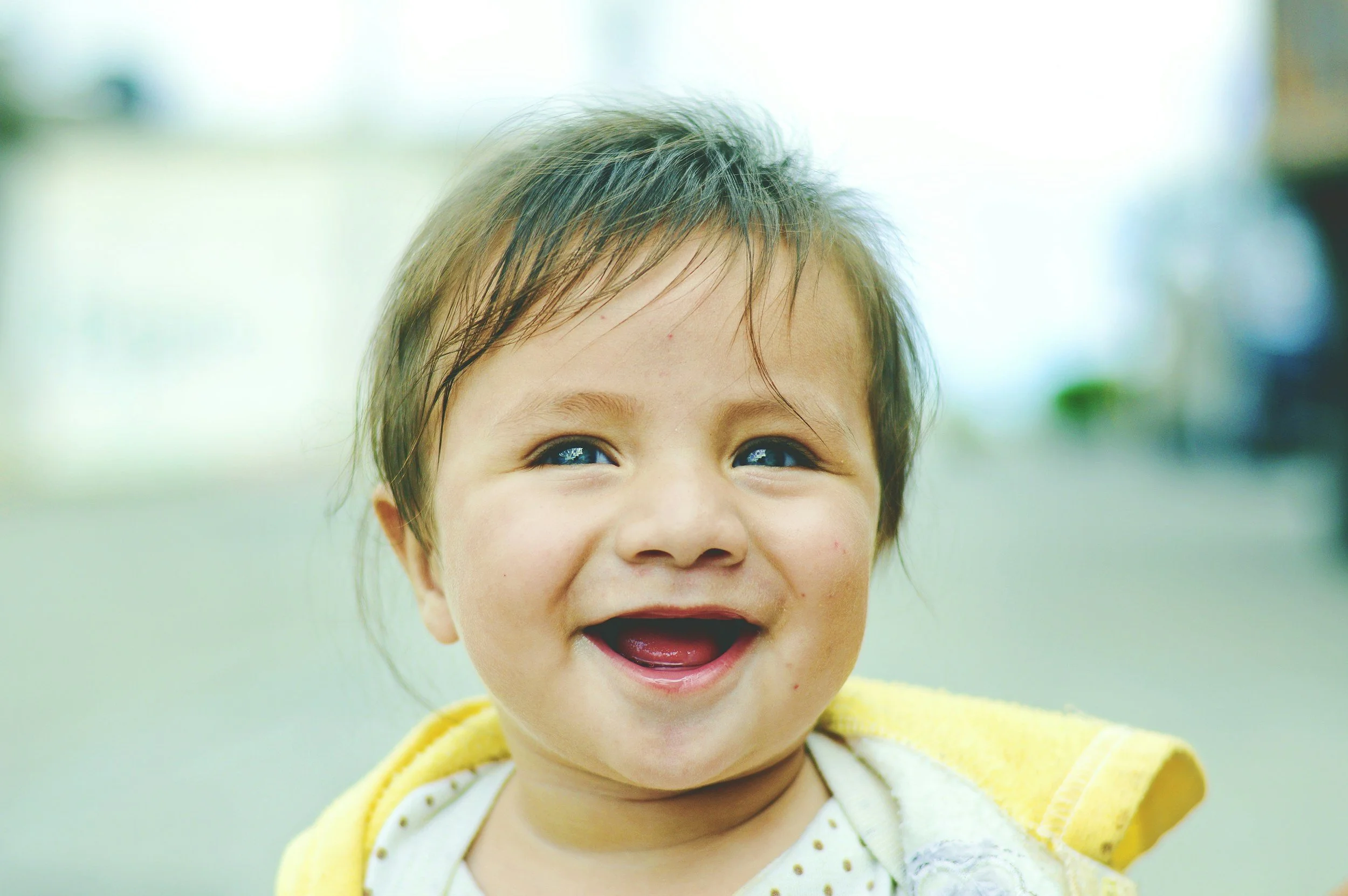Teach Your Toddler to Talk Using Words and Gestures
Why Using Words with Gestures Works
Supports Understanding – Gestures give visual clues for meaning.
Studies show toddlers understand new words faster when paired with gestures or signs, because it links a concept to a concrete action.
Encourages Early Speech – Children who use gestures often start talking sooner.
Research indicates that infants who gesture frequently tend to have larger vocabularies and earlier onset of spoken words.
Reduces Frustration – Gestures let children express needs before they can speak.
Clinical experience and research show that providing a communication tool (like a gesture) reduces tantrums or frustration and increases attempts to communicate.
Strengthens Memory – Gestures paired with words help children remember and generalize words.
Multi-sensory learning (seeing, doing, hearing) is shown to improve retention in early language acquisition.
Promotes Engagement – Using gestures makes learning interactive and easy to embed in daily routines.
Parent-implemented interventions show that embedding gestures in everyday routines leads to more opportunities for communication and word practice.
Why Gestures Help:
Gestures create a bridge between comprehension and speech. They engage multiple senses, make abstract words concrete, and give children a way to communicate before they can verbalize, which all accelerate language development.
Below is a practical list of common first words with gestures you can try at home. Start with a few, and add more as your child becomes comfortable.
1. Social / People Words (Earliest, 8–12 months)
Used in greetings and social interaction. Highly motivating.
Hi – wave hand 👋
Bye – wave hand 👋
Mama – point to mom / hand to cheek
Dada – point to dad / hand to cheek
2. Core Functional / Power Words (12–15 months)
Used to get needs met or communicate feelings.
More – tap hands together (ASL MORE)
All done – hands up, palms outward (ASL ALL DONE)
No – shake head (ASL NO)
Yes / Yeah – nod head or fist tap
Help – flat hand on open palm (ASL HELP)
Again – circular hand motion (ASL AGAIN / MORE)
3. Action Words / Verbs (12–18 months)
Words for what children do or want to do.
Go – point forward (ASL GO)
Up – reach arms up (ASL UP)
In – push hand into container (ASL IN)
Out – pull hand out (ASL OUT)
Open – hand motion opening a box (ASL OPEN)
Eat – hand to mouth (ASL EAT / FOOD)
Want – palms up, pull toward self (ASL WANT)
4. High-Interest Nouns (12–18 months) - Motivating objects and favorite things.
Milk – pretend drink / hand to cup (ASL MILK)
Ball – hold or roll ball
Bubbles – blow bubbles gesture / circle hands
Car – push hands like driving car
Baby – rock hands like holding baby (ASL BABY)
Shoes – point to shoes / lift shoe
5. Describing / Relational Words (18–24 months)
Introduce once core functional words are established.
Big – hands apart (ASL BIG)
Hot – fan face / touch safely
Down – hands down (ASL DOWN)
All done / Finished – hands up / palms out
In / Out – hand motions showing direction
Guidelines for Teaching First Words
Start with words that are motivating (milk, ball, bubbles, mama).
Pair with gestures or signs to support comprehension.
Model the word repeatedly in daily routines (Focused Stimulation).
Avoid teaching opposites (don’t teach “up” and “down” together at first).
Rotate 5–10 words at a time to keep it manageable.
Celebrate any attempts your child makes, even approximations.

